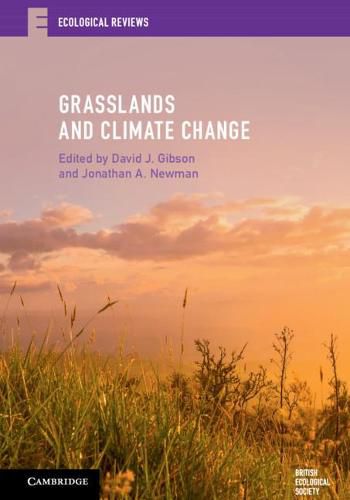Readings Newsletter
Become a Readings Member to make your shopping experience even easier.
Sign in or sign up for free!
You’re not far away from qualifying for FREE standard shipping within Australia
You’ve qualified for FREE standard shipping within Australia
The cart is loading…






Grasslands are the most extensive terrestrial biome on Earth and are critically important for forage, biodiversity, and ecosystem services. This book brings together an international team of researchers to review scientific knowledge of the effects of climate change on world grasslands, a process we are only just starting to understand. Part I assesses how climate change will impact on the distribution of grasslands, as well as production, biogeochemical cycling and ecosystem services. Part II considers the consequences for the spread of invasive species, demographic change, trophic-level relationships, soil biota, and evolutionary change within grassland biodiversity. Part III proposes how ecologists can respond to climate change effects, focusing on grazing systems, cultural ecology, range management, and restoration. The concluding chapter sets grasslands in the context of the Anthropocene era and identifies the vital research and conservation needs for grassland ecosystems to remain environmentally sustainable under climate change.
$9.00 standard shipping within Australia
FREE standard shipping within Australia for orders over $100.00
Express & International shipping calculated at checkout
Grasslands are the most extensive terrestrial biome on Earth and are critically important for forage, biodiversity, and ecosystem services. This book brings together an international team of researchers to review scientific knowledge of the effects of climate change on world grasslands, a process we are only just starting to understand. Part I assesses how climate change will impact on the distribution of grasslands, as well as production, biogeochemical cycling and ecosystem services. Part II considers the consequences for the spread of invasive species, demographic change, trophic-level relationships, soil biota, and evolutionary change within grassland biodiversity. Part III proposes how ecologists can respond to climate change effects, focusing on grazing systems, cultural ecology, range management, and restoration. The concluding chapter sets grasslands in the context of the Anthropocene era and identifies the vital research and conservation needs for grassland ecosystems to remain environmentally sustainable under climate change.